Table of Contents
Our web feature Shopping for Change takes you on a trip through a typical supermarket, showing how each product you pull off the shelves reveals an array of food system problems and solutions. We offer a short list of action and learning resources for each item. Here, we've compiled those resources on a single page.
Here and now action opportunities are things you can do individually, by making informed shopping choices or by learning more about the food system and your role in it. Big picture opportunities involve action by policymakers, businesses, public institutions or community groups.
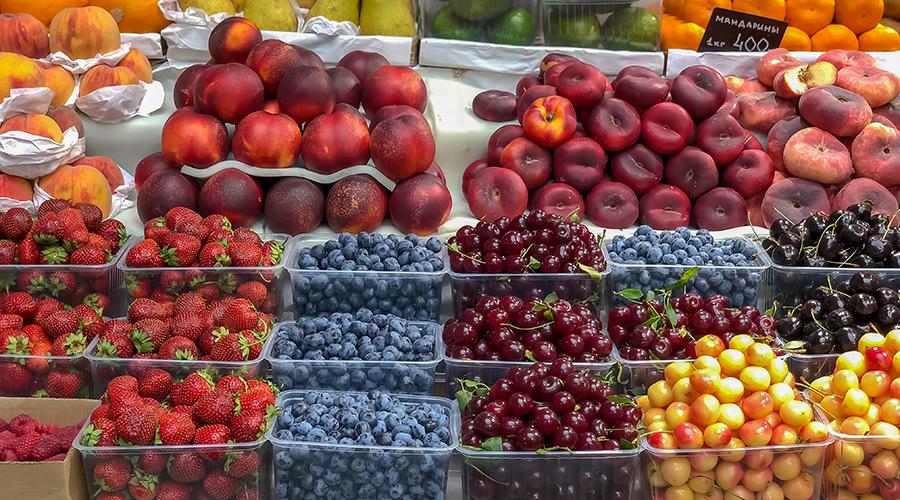
Fruit: Protecting farmworker rights
What we can do
Here and now
- Look for labels that indicate fair labor practices, such as the Alliance for Fair Food’s Fair Food Program or the Agricultural Justice Project's Food Justice Certified label.
- Buy fruit grown with organic or other less-toxic methods, which mean less pesticide residue for you and healthier conditions for farm workers.
- Know your farmer. Buying fruit at a farmers market allows you to talk directly to farmers and learn more about their labor practices.
Big picture
- Tell Congress and federal agencies to enforce laws and regulations that protect workers from pesticides and unfair labor practices.
- Support agroecological research to help farmers reduce pesticide use.
Learn more
Fruit and health
- Why is it important to eat fruit? from choosemyplate.gov
- The Nutrition Source: Vegetables and Fruits from Harvard T.H. Chan School of Public Health
- Only 1 in 10 Adults Get Enough Fruits or Vegetables from CDC.gov
Farmworker rights

Coffee: Fair trade
What we can do
Here and now
- Look for Fair Trade Certified coffee, which guarantees a minimum price per pound for farmers. Not all fair trade certifications are created equal, though, so do some research on the ones you buy most.
- Even better: buy beans that are also labeled organic or shade-grown, methods that protect forests and pollinators, reduce soil erosion, and minimize workers’ pesticide exposure.
Big picture
- Ask large coffee chains and institutions with buying power (like universities and corporate campuses) to serve sustainably grown, fairly-traded coffee. Initiatives such as the Good Food Purchasing Program can help these institutions use their food budgets to drive the transition to a healthier, fairer, more sustainable food system.
- Support climate change and alternative energy policies here at home to minimize global warming and help keep faraway coffee growers in business.
Learn more
Coffee and health
- The Healthy Addiction? Coffee Study Finds More Health Benefits from Scientific American
- The latest scoop on the health benefits of coffee from Harvard Health Blog
Coffee and fair trade
- Fair Trade Certifiers & Membership Orgs from Fair World Project
- Fair Trade Certified
- Fairtrade America
- Bitter Brew: The Stirring Reality of Coffee from Foodispower.org
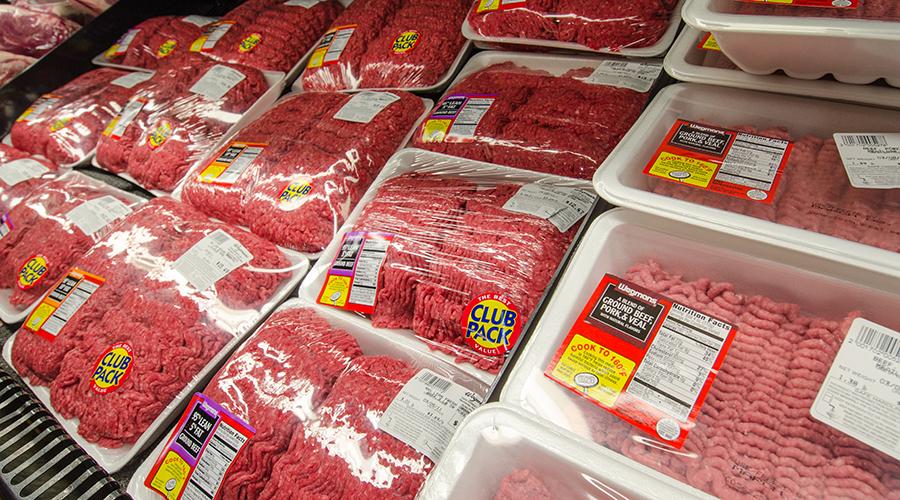
Meat: Less and better
What we can do
Here and now
- If you eat meat, try eating it less often and in smaller portions. Replace it with plant-based proteins (like beans and lentils) and sustainable seafood.
- Choose meat and poultry raised in sustainable systems without antibiotics. This may include organic and pasture-raised products. Look for local producers and ask about their practices.
Big picture
- Support science-based Dietary Guidelines for Americans that explicitly address the health implications of eating meat.
- Support public investment in agroecological research as well as programs, such as the Conservation Stewardship Program and Environmental Quality Incentives Program, that help meat producers, and feed crop farmers adopt sustainable practices.
- Advocate for stronger regulations to ensure safe, fair labor and business practices in the meat and poultry industry.
Learn more
Meat and health
- The Nutrition Source: Protein from Harvard T.H. Chan School of Public Health
- Meatless Meals from the Mayo Clinic
- The 2020 Dietary Guidelines for Americans UCS fact sheet
Meat and sustainability
- Food in the Anthropocene from the EAT/Lancet Commission
- Creating a Sustainable Food Future from World Resources Institute
- A case for healthy farms and better beef from the UCS blog
- Confined dining from Grist.org
- How Drug-Resistant Bacteria Travel from the Farm to Your Table from Scientific American
Meat and fairness
- Big Chicken: Poultry Growers Fight for Fairness from FarmAid.org

Cereal: Put some real goodness in your bowl
What we can do
Here and now
- If you eat cereal, look for whole grain options low in added sugar. (For a little sweetness, add some fruit.)
- If your usual choices are corn-based, try swapping in oat cereals, or better yet, oatmeal!
Big picture
- Urge the USDA to expand programs such as the Conservation Stewardship Program and Environmental Quality Incentives Program, which can help farmers adopt conservation crop rotations.
- Increase support for agroecology research, which can help develop solutions to challenges farmers face in applying sustainable practices.
Learn more
Cereal and health
- Five things to check before you buy breakfast cereal from CSPI
- The Nutrition Source: Oats from Harvard T.H. Chan School of Public Health
Industrial farming and the alternatives
- Hidden costs of industrial agriculture from the UCS website
- What Is Sustainable Agriculture? from the UCS website
- Subsidizing Waste UCS report
- Rotating Crops, Turning Profits UCS report
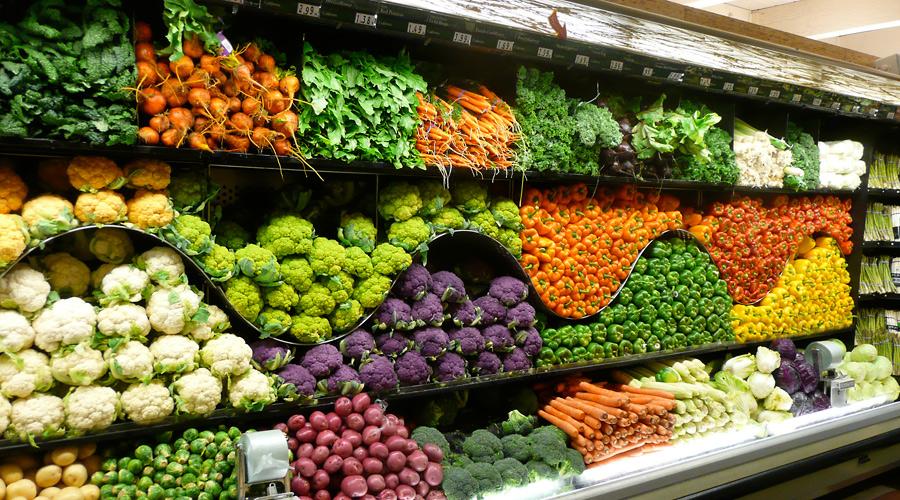
Vegetables: Bigger servings from smaller farms
What we can do
Here and now
- Look for the organic label, which tells you that vegetables were grown in ways that are healthier for you, farm workers, and farmland.
- Buy vegetables in season, when they’re bursting with flavor and nutrition, and often less expensive. Find a farmers market near you—many accept food stamps and other nutrition benefits, and they’ll often double the value of those dollars. (Don’t turn your nose up at frozen vegetables, either; they can be just as nutritious as fresh, and cheaper.)
Big picture
- Advocate for programs that connect farmers with local markets and help low-income consumers buy fresh, local produce.
- Support other policies to help fruit and vegetable growers thrive, such as expanded crop insurance and research funding.
- Urge institutions like schools and hospitals to adopt “good food purchasing” policies, which prioritize regional food buying (among other criteria).
Learn more
Vegetables and health
- The Nutrition Source: Vegetables and Fruits from Harvard T.H. Chan School of Public Health
- The 2020 Dietary Guidelines for Americans UCS fact sheet
- The $11 Trillion Dollar Reward UCS report
- Only 1 in 10 Adults Get Enough Fruits or Vegetables from CDC.gov
Smaller farms, local markets, and "good food" purchasing
- Market Forces UCS report
- Growing Economies UCS report
- Purchasing Power UCS report
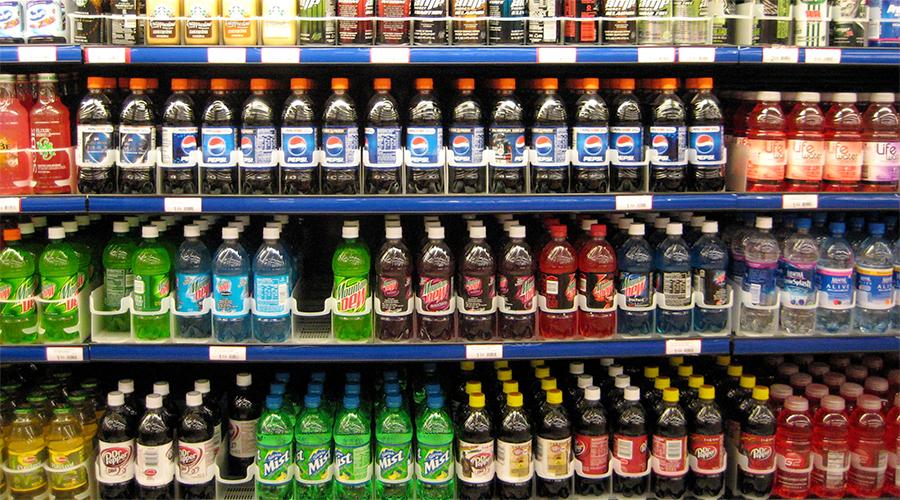
Soda: A deceptive price tag
What we can do
Here and now
- If you’ve developed a sugary drink habit, try to cut it down (or better yet, out). Your body will thank you for it.
Big picture
- Support a shift in federal farm policies and incentives to encourage production of real, nutritious food rather than an endless supply of corn and corn sweeteners.
- Keep the Healthy Hunger-Free Kids Act strong to ensure healthy school meals for kids—for instance, by preventing cafeterias from substituting sugary chocolate milk for the real thing.
Learn more
Soda and illness
- The Nutrition Source: Soft Drinks and Disease from Harvard T.H. Chan School of Public Health
- Sugary Drinks from CSPI
Corn overproduction
- We’ve Got More than Enough Corn from the UCS blog
- Our Crazy Farm Subsidies, Explained from Grist.org
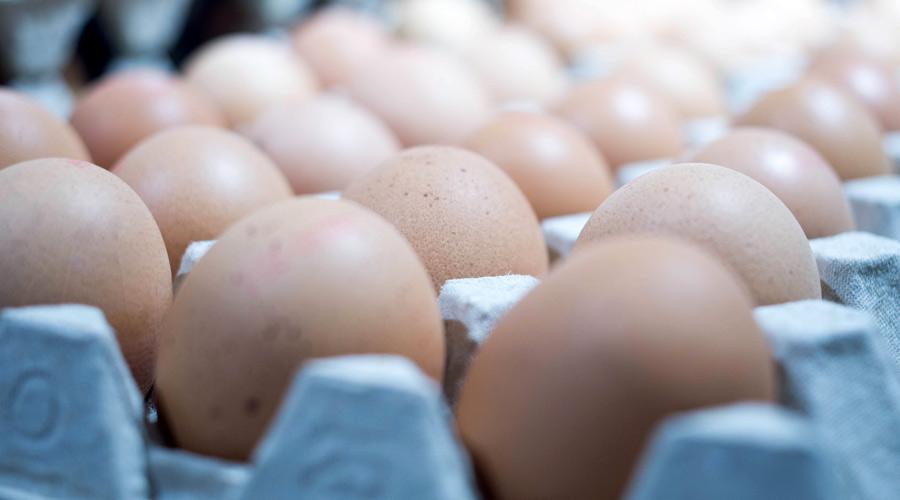
Eggs: Making a nutritious breakfast less cruel
What we can do
Here and now
- Seek out “pasture-raised” eggs, which are humane and sustainable. Next best is “free-range.” “Cage-free” doesn’t guarantee adequate space or outdoor access. However, these are largely unregulated marketing terms, so learn as much as you can about where your eggs come from (good advice for all fresh foods). If you can, buy from a farmers market, CSA, or regional co-op.
Big picture
- Support laws and regulations that require humane practices and restrict routine use of antibiotics.
- Support research into innovative farming systems, such as rotating chickens and cattle on pasture, that can benefit both animals and the environment.
Learn more
Eggs and health
- The Nutrition Source: Eggs from Harvard T.H. Chan School of Public Health
- Are Eggs Good for You or Not? from the American Heart Association
- Unscrambling the Nutrition Science on Eggs from NPR’s The Salt
Animal welfare in agriculture
- Certified Humane
- Meat, Dairy & Eggs Label Guide from the ASPCA
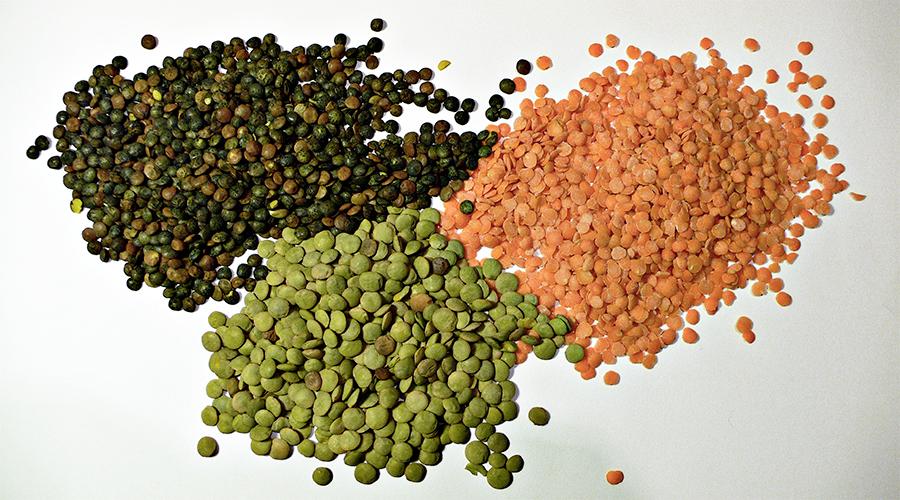
Beans: Healthy protein that builds healthy soil
What we can do
Here and now
- Eat more beans, peas and lentils!
- While you’re at it, learn about how farmers like the folks at Lentil Underground are using legumes to transform our food system.
Big picture
- Support agroecological research that can help farmers find ways to succeed in the face of growing challenges from drought and other climate change impacts.
Learn more
Legumes and human health
- The Benefits of Beans and Legumes from the American Heart Association
- Legumes: A quick and easy switch to improve your diet from Harvard Health Publications
Legumes and sustainable agriculture

Seafood: Protecting a crucial food resource
What we can do
Here and now
- Seek out varieties fished or farmed with less impact on the environment. The Monterey Bay Aquarium’s Seafood Watch consumer guide is a great reference.
- Beware of species that may contain high levels of mercury or other contaminants. Check local fishing advisories, and heed federal advice, especially for pregnant women, women of childbearing age, and young children.
Big picture
- Support sustainable farming practices on land. When farmers are able to limit their fertilizer use and reduce runoff, that’s a win for fisheries in downstream lakes and coastal waters.
Learn more
Seafood and health
- Want to eat fish that’s truly good for you? from The Conversation
- Fish and Omega-3 Fatty Acids from the American Heart Association
Seafood sustainability
- Seafood Watch from Monterey Bay Aquarium
- Understanding Sustainable Seafood from NOAA Fisheries
- FishWatch: US Seafood Facts from NOAA Fisheries
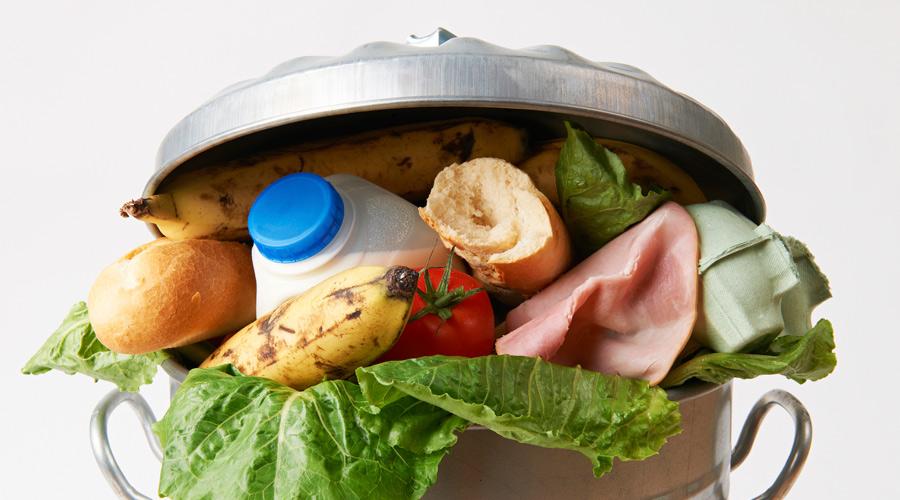
The Dumpster: Trimming our waste line
What we can do
Here and now
- Buy ugly (and just as delicious!) fruits and vegetables.
- Buy local when you can—local food is typically fresher, giving you more time to eat it before it spoils.
- When you end up with more food than you need, freeze it, dry it, preserve it, or (if all else fails) compost it.
- Learn about freshness dates. “Best by” usually doesn’t mean “discard after”.
Big picture
- Learn about the food rescue movement and opportunities to get involved in your area.
- Support policies that promote waste-reducing behavior on farms, in food processing and retail, and in institutions like schools.
Learn more
Food waste and the food rescue movement
- USDA Food Waste Challenge FAQ
- It’s Never Too Late to Start Slimming Down Your Food Wastefrom the UCS blog
- Food Rescue US
- Food Recovery Network
- 59 Organizations Fighting Food Loss and Waste from FoodTank.com
- Food Waste from Natural Resources Defense Council
- 27 Solutions to Food Waste from ReFed.org
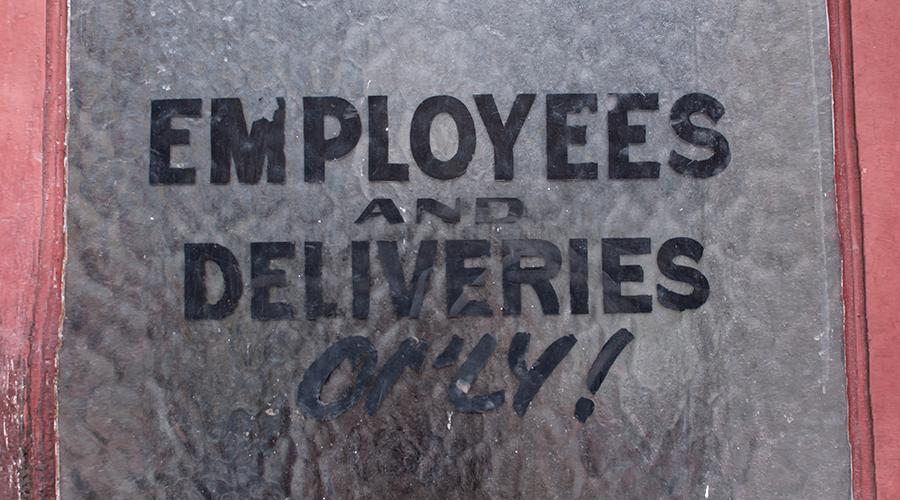
The Back Office: Starved for justice
What we can do
Here and now
- Support farms and food businesses owned by people of color in your area.
- Learn about the role of racism in shaping the US food system. We've linked to some good starting points below.
Big picture
- Find out about the food justice movement and get involved in whatever way you can.
- Support legislation that would remove barriers to full participation in the food system by people of color, women, and other marginalized people.
Learn more
Food justice
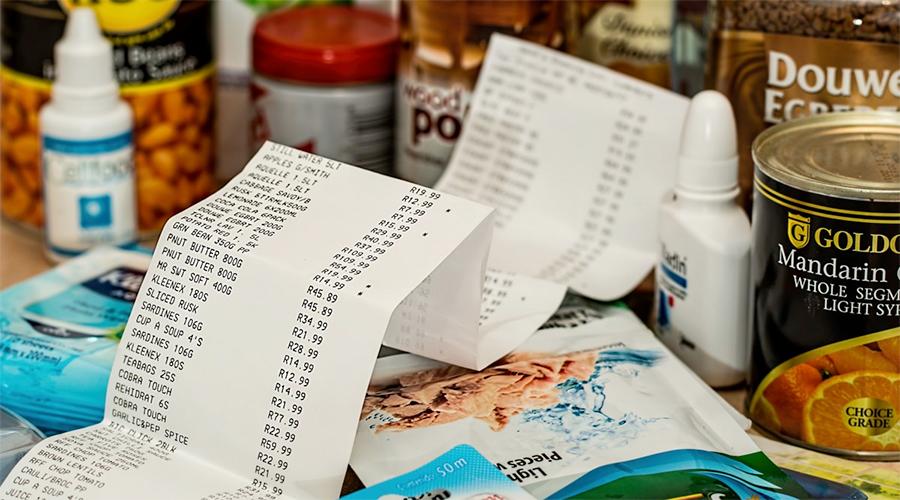
The Cash Register: Making good food affordable for all
What we can do
Here and now
- Learn the facts about SNAP. If you’ve never used SNAP, don’t stigmatize participants or judge their food choices.
Big picture
- Let your legislators know you oppose attacks on SNAP. Support initiatives that would make it easier for SNAP participants to buy food at farmers markets and other alternative retail sources.
Learn more
Affordability, access, food insecurity, and SNAP
- Food Security in the US from USDA Economic Research Service (ERS)
- Fixing Food: Fresh Solutions from Five US Cities UCS report
- The Supplemental Nutrition Assistance Program (SNAP)v UCS explainer
- Food Stamps Cuts Could Hit Rural America Hardest from the UCS blog



